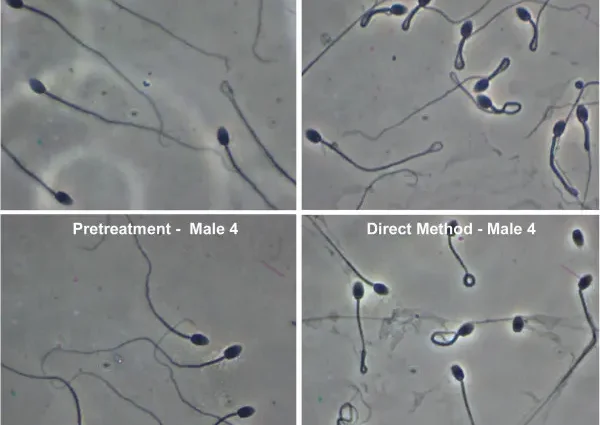Until recently, men had only two options for contraception: condoms and vasectomy. There are also hormonal drugs – pills and injections – but they have not yet been tested, and therefore cannot be considered a good alternative. “This is not enough,” the German researcher decided, and created a device that could become a technological breakthrough.
Once upon a time, Rebecca Weiss, an industrial design student at the University of Munich, was diagnosed with cervical cancer. A significant role in this matter, most likely, was played by hormonal contraceptives, which the girl took. Like it or not – no one can say for sure. But the doctor forbade her to take the pills further.
Then Rebecca, together with her partner, began to look for alternative methods, including male ones. And as soon as it became clear that men had almost none, the search turned into a master’s thesis. And even later – in a device called COSO. To develop it, the girl asked for help from experts in the field of urology, andrology, sexual therapy and psychotherapy.
How does the new invention work? A man must fill this small, bidet-like device with water, turn it on so that it heats up to a suitable temperature, and … sit in it. Next, ultrasonic waves work – they act on the testicles for several minutes, thereby reducing sperm motility.
According to Weiss, the first time the device should be used under the supervision of a doctor, he will determine both the required water level and the duration of the procedure. And two weeks after the first session, a man will be able to have sex without the risk of pregnancy for his partner. This effect should last for several months.
It is precisely the fact that after six months the influence of ultrasonic waves completely disappears, that is, it returns the opportunity for a man to become a father, which distinguishes the device from alternative methods. But, of course, many questions remain for him. The fact is that they started talking about ultrasonic contraception 10 years ago, when they tested its effect on animals. But people didn’t go through that kind of research.
How harmless is exposure to ultraviolet rays?
What happens if you use the device for several decades? What is the probability that after a month of using COSO, its effect will be as strong and the partner will not become pregnant? There are no answers yet.
“Without reliable data, the project cannot be implemented,” notes Weiss. “Therefore, I am looking for research institutes and industry partners who are willing to fund clinical trials.”
Another, perhaps more serious problem is that pharmaceutical companies are not particularly interested in this device. Getting a lot of money from the sale of condoms that must be used during every sexual intercourse, they see it as a serious threat.
Whether COSO will be able to become a technological breakthrough – we will not know soon. But the first step has already been taken, because Rebecca Weiss received the James Dyson Award for her device – and it is awarded for outstanding achievements in the field of design and engineering.










